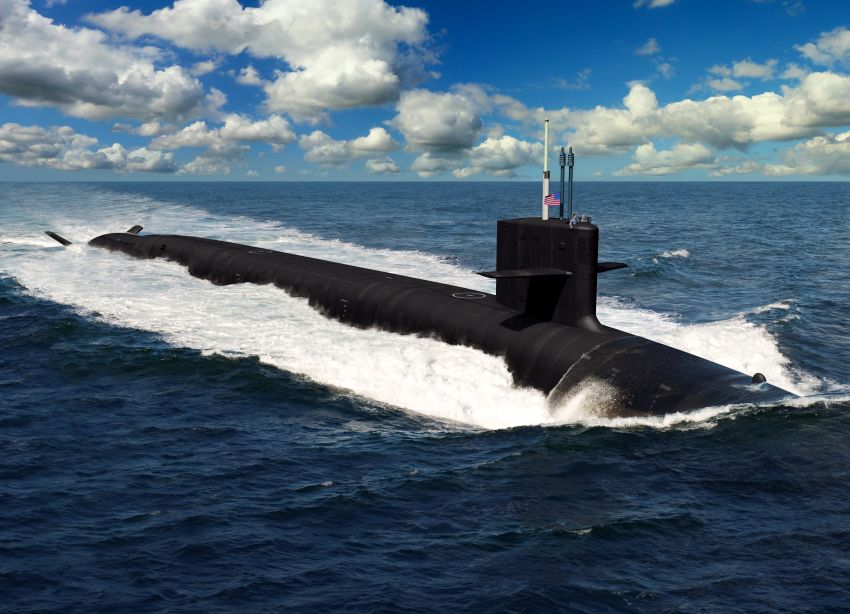
United States scientists who worked on the first nuclear weapons — used against the Japanese cities of Hiroshima and Nagasaki during World War II — set up an organisation in 1945 to publish The Bulletin of Atomic Scientists. The bulletin warned of the dangers of nuclear weapons.
As the Soviet Union began to develop such weapons in response to the US nuclear threat, the Bulletin began to feature a Doomsday Clock, which set midnight as doomsday. The clock’s minute hand signaled in a graphic way the danger of nuclear annihilation, by how close it was to midnight.
Over the decades, the minute hand has moved closer or further away from midnight as the situation of the world changed.
Recently, it has moved to one minute and 40 seconds to midnight, the closest ever.
The Bulletin explained that there are now two main dangers facing the world: One is the increased likelihood of the use of nuclear weapons due to technological advances (if one could use that word to describe such a negative development); the other is the danger of catastrophic destruction due to climate change.
Former US president Barack Obama’s administration, with bipartisan approval, set aside US$10 trillion over 10 years to “modernise” the US nuclear arsenal. This set off a renewal of the nuclear arms race with the other major nuclear power, Russia.
This race has now been accelerated by the withdrawal of the US from talks with Russia to establish a new nuclear equilibrium.
Exactly what “modernisation” has been underway is a secret. However, one aspect that has become known is the development of supersonic Intercontinental Ballistic Missiles (ICBMs). These new ICBMs would be harder for defences to destroy and reduce the time from launch to reaching the target.
The danger of an accidental retaliatory nuclear attack would be increased, as there would be less time to verify whether an apparent ICBM attack is real.
Another result of the “modernisation” of the nuclear arsenal — which the Federation of American Scientists (FAS) revealed in late January — is that the US Navy had deployed a submarine in the Atlantic Ocean armed with a low-yield Trident nuclear warhead.
The International Campaign to Abolish Nuclear Weapons (ICAN) said this was “an alarming development that heightens the risk of nuclear war”.
Chair of the US House Armed Services Committee Adam Smith said: “This destabilising deployment further increases the potential for miscalculation during a crisis.”
Russian Deputy Foreign Minister Sergei Ryabkov responded: “This reflects the fact that the United States is actually lowering the nuclear threshold and that they are conceding the possibility of them waging a limited nuclear war and winning this war.”
This news has been only scantily covered in the mainstream media.
William Arkin, who co-authored the FAS article, told Democracy Now! that the now-deployed warhead is about one-third as powerful as the bomb that destroyed Hiroshima. “Here we have a weapon which is intended explicitly to be more useable,” Atkins said.
“Low yield” is a misnomer, Atkins told the program. The bomb would obliterate about 20 square city blocks and release large amounts of radiation. The US has about 50 such weapons, ready to be deployed.
Russia also has low-yield warheads aimed at Europe, and its own supersonic missiles aimed at the US, so it is unlikely that the submarine-launched missile would be aimed at Russia.
Atkins said this weapon would more likely be used “against countries like Iran and North Korea … a preemptive use [to win a war] or to destroy a very important target”.
A submarine could get close to a target country, reducing the time from launch to explosion “to 15 minutes or less,” explained Atkins. “And with an assured capability — that is, a missile that is able to penetrate any enemy air defenses.”
The bipartisan stance that Iran must not be able to have a nuclear weapon (while Israel has many of them) means it cannot be ruled out that the US could use such a bomb to destroy Iran’s nuclear facilities — even if Iran is not on the verge of building a nuclear weapon.
How is Iran likely to respond? A recent indication was when Iran retaliated against US forces in Iraq using missiles with conventional warheads following the assassination (ordered by US President Donald Trump) of one of its top generals.
Iranian missiles can reach all US bases in the region, including the US’s client state, Israel. There would likely be a wider war in response, with the potential for the use of more powerful nuclear bombs.
What would Russia do with such a situation developing at its borders?
A similar scenario could be imagined regarding nuclear-armed North Korea. Would a US strike with low-yield weapons be assured to destroy all of North Korea’s missiles? North Korea would likely retaliate by striking US bases in South Korea and the Pacific with nuclear missiles.
What would China do with a nuclear exchange on its borders?
Raising such possibilities is not to say they are likely, but to indicate the real dangers posed. The use of any nuclear weapons would be greatly destabilising and could result in the Doomsday Clock reaching midnight for humanity.